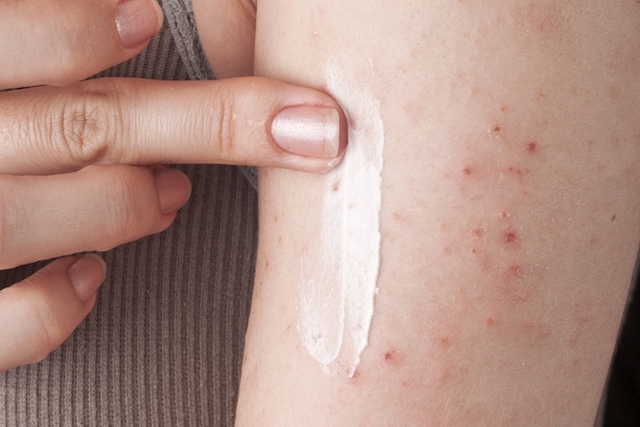- Main symptoms
- How carbon monoxide affects health
- What to do in case of poisoning
- How to prevent carbon monoxide poisoning
Carbon monoxide is a type of toxic gas that has no smell or taste and, therefore, when released into the environment, it can cause serious intoxication and without any warning, putting life at risk.
This type of gas is normally produced by burning some type of fuel, such as gas, oil, wood or coal and, therefore, it is more common for carbon monoxide poisonings to happen in winter, when using heaters or fireplaces to try to heat the environment at home.
Thus, it is very important to know the symptoms of carbon monoxide poisoning, in order to identify possible poisoning early and start the appropriate treatment. In addition, it is also essential to know what situations can lead to the production of carbon monoxide to try to avoid them and, thus, prevent accidental poisoning.
Main symptoms
Some of the most common signs and symptoms of carbon monoxide poisoning include:
- Headache that gets worse; Feeling dizzy; General malaise; Tiredness and confusion; Slight difficulty in breathing.
The symptoms are most intense in those who are closest to the source of carbon monoxide production. In addition, the longer the gas is breathed, the more intense the symptoms will be, until eventually the person loses consciousness and passes out, which can happen up to 2 hours after exposure starts.
Even when there is little concentration of carbon monoxide in the air, prolonged exposure can result in symptoms such as difficulty concentrating, changes in mood and loss of coordination.
How carbon monoxide affects health
When carbon monoxide is inhaled, it reaches the lungs and dilutes it in the blood, where it mixes with hemoglobin, an important component of the blood that is responsible for transporting oxygen to different organs.
When this happens, hemoglobin becomes known as carboxyhemoglobin and is no longer able to transport oxygen from the lungs to the organs, which ends up affecting the functioning of the whole body and which can even cause permanent brain damage. When intoxication is very prolonged or intense, this lack of oxygen can be life-threatening.
What to do in case of poisoning
Whenever carbon monoxide poisoning is suspected, it is important to:
- Open the site windows to allow oxygen to enter; Turn off the device that may be producing carbon monoxide; Lie with your legs elevated above the level of the heart, to facilitate circulation to the brain; Go to the hospital to make a detailed assessment and understand if more specific treatment is needed.
If the person is unconscious and unable to breathe, cardiac massage for resuscitation should be started, which should be done as follows:
The evaluation at the hospital is usually done with a blood test that assesses the percentage of carboxyhemoglobin in the blood. Values greater than 30% generally indicate severe intoxication, which needs to be treated in the hospital with administration of oxygen until the carboxyhemoglobin values are below 10%.
How to prevent carbon monoxide poisoning
Although intoxication by this type of gas is difficult to identify, since it has no smell or taste, there are some tips that can prevent it from happening. Some are:
- Install a carbon monoxide detector inside the house; Have heating devices outside the house, especially those that work with gas, wood or oil; Avoid using flame heaters inside the rooms; Always keep a window slightly open when using a flame heater inside the house; always open the garage door before starting the car.
The risk of carbon monoxide poisoning is greater in babies, children and the elderly, however it can happen to anyone, even the fetus, in the case of a pregnant woman, as the cells of the fetus absorb carbon monoxide more quickly. than an adult.
















